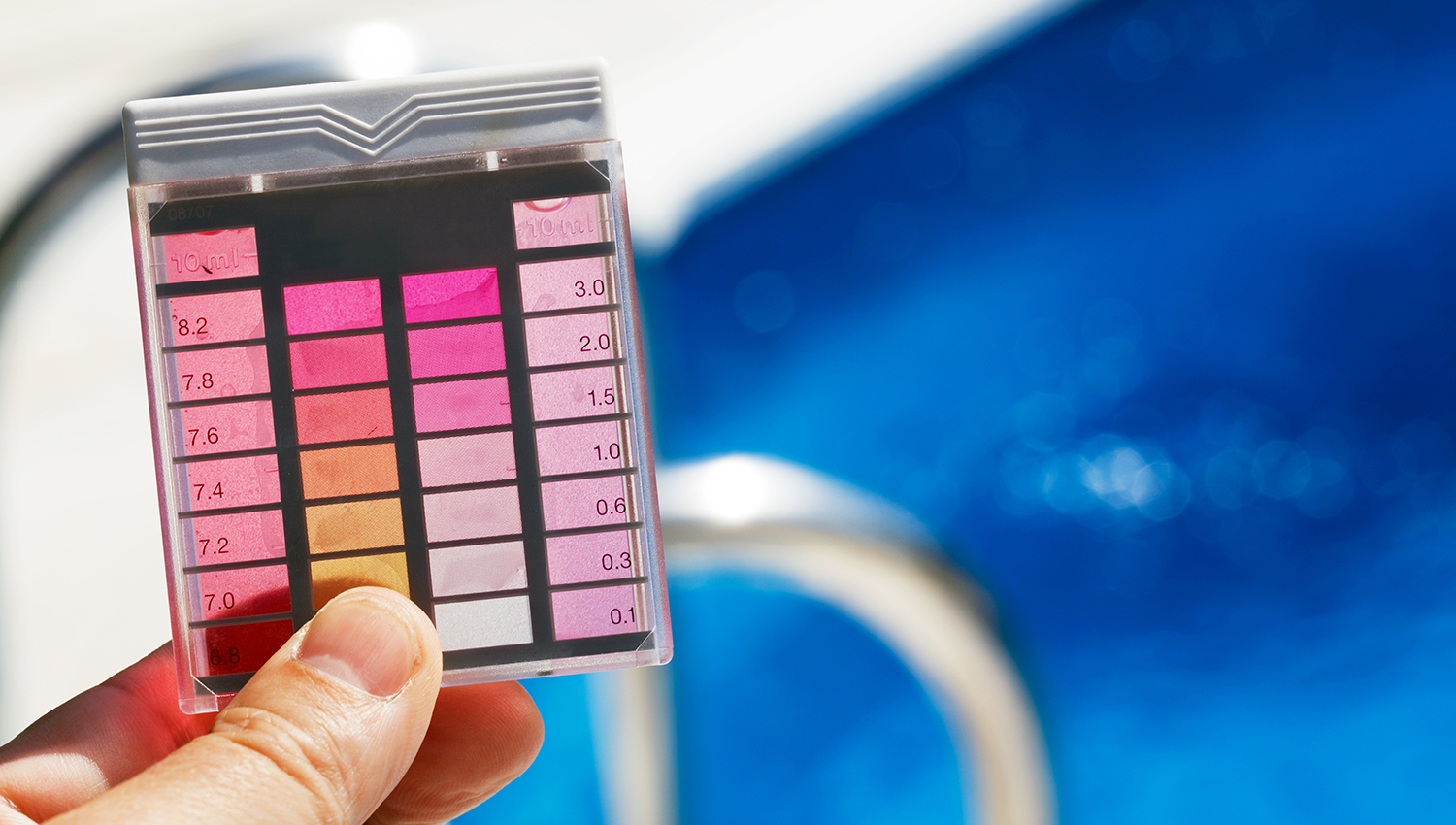
Pool and Spa Service can maintain, repair and service your Swimming Pool, from small domestic pools to large, commercial applications in hotels, schools and sports facilities.
Your Swimming Pool could be brand new or have been established for years, but either way, they will benefit enormously from regular, professional servicing to keep the water in pristine condition, helping to protect its longevity.
Swimming Pool services
We provide maintenance and servicing plans to suit your needs, incorporating the following elements:
- Vacuuming the pool
- Cleaning tiles
- Brushing pool surfaces
- Skimming the water surface
- Emptying the skimmer and pump baskets
- Checking the system
- Balancing the water chemistry
- Backwashing filter
- Cleaning cartridges
- Clean and check automatic pool cleaners
If would like to discuss any of these services, or wish to arrange a visit, please get in touch with us. Our contact details are available on every page, or leave a message on our Contact page.
Swimming Pool products
These come in a variety of lengths. Higher quality poles are made from fiberglass, but most are aluminum. The poles have holes at the end so that a wide range of accessories can be attached.
The easiest way to make a dirty pool look clean is to vacuum it. All pools should be vacuumed on a regular basis. Vacuum heads attach to the telescopic pole, and then a vacuum hose is attached to the vacuum head. The pole and vacuum head are then lowered into the pool.
There are two different types of vacuum heads. One has wheels and is weighted for concrete pools. The other is designed for vinyl lined pools, and has brushes instead of wheels.
In order to vacuum debris from the pool walls and floor, you will need a vacuum hose. The vacuum hose connects to the vacuum head and telescoping pole. It is then lowered into the pool. You then need to fill the vacuum hose with water, and then plug the end into the skimmer suction hole or a dedicated vacuum line.
The water and debris are pulled into the filter pump basket via the swimming pool vacuum hose. After you vacuum, you will then need to clean the basket and backwash the filter.
The canister that is placed at the end of the vacuum hose just before the pool skimmer. Inside the canister is a large basket that will trap the leaves and debris before the “pool trash” gets to the pump.
They are great for leaves, acorns, pebbles and palm tree debris.
Some of the most popular pieces of equipment around the pool are the skim net and leaf rake. The skim net is a flat mesh net that attaches to the telescopic pole.
Nets should be used on a daily basis to remove debris floating on the pool surface before it can sink to the floor. The leaf rake is also a mesh net, but is much deeper. It’s great for scooping debris from the pool floor for a quick cleaning.
One of the most overlooked maintenance steps of pool care is brushing. Swimming pools should be brushed at least once per week. Brushing removes algae and other films and dirt on pool walls and pool floors that can’t be removed by vacuuming. A weekly brushing will avoid slimy walls and slick film that is common with pools and spas.
There are several types of pool brushes. Stainless steel is perfect for plaster or concrete pools. Stainless brushes should not be used on vinyl pools. Plastic bristle brushes can be used on any type of pools, and are ideal for above ground and vinyl pools. There are also brushes designed for getting into pool corners and steps.
A clean tile band is a very important part of the way your pool looks. As part of your weekly maintenance schedule, you need to scrub the tile band with tile cleaner and a non-abrasive brush.
Tile brushes come in a variety of shapes and sizes.
Proper pool maintenance is a must to keep your pool water sparkling and clean. One of the most important pieces of equipment to maintain is the filter. There are three basic types of filtration systems – Sand, Cartridge and DE.
Whichever system you have, you will need to be sure to clean and care for your filter.
A sand filter tank is made of metal, concrete or fiberglass and contains a thick bed of special-grade sand. While filtering, dirty water from the pool comes in through the filter’s inlet pipe, which leads to the water distribution head inside the tank. While gravity pulls the water down through the sand, tiny sand particles catch dirt and debris. At the bottom of the tank, the filtered water flows through the pick-up unit and out the outlet pipe.
If the water flow is slowed by dirt and debris, pressure gauges at the filter inlet and outlet give the pool owner an idea of the blockage level inside. If the inlet pipe has more pressure than the outlet pipe, there is collected debris in the sand. You will then need to baskwash the filter.
Swimming pool filter cartridges work by allowing water to pass through a very fine filter surface. This filter surface captures any impurities that attempt to pass through and hold them until you clean the filter cartridge or replace it.
Cartridge filters have more surface area than sand filters. This allows for fewer clogs and much easier maintenance. Cartridge filters also operate at a much lower pressure than sand. This causes less back pressure on the pump so you have a greater flow of water through the system.
This system is very easy to maintain and relatively inexpensive. Basic cartridge maintenance can be performed by simply rinsing off your cartridge with a garden hose or soaking them in detergent. However, the best way to ensure a clean and sparkling pool is to just simply replace them, which should be done every 3-5 years.